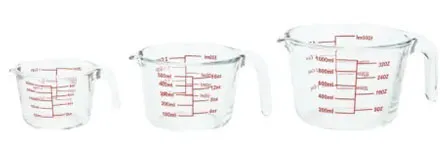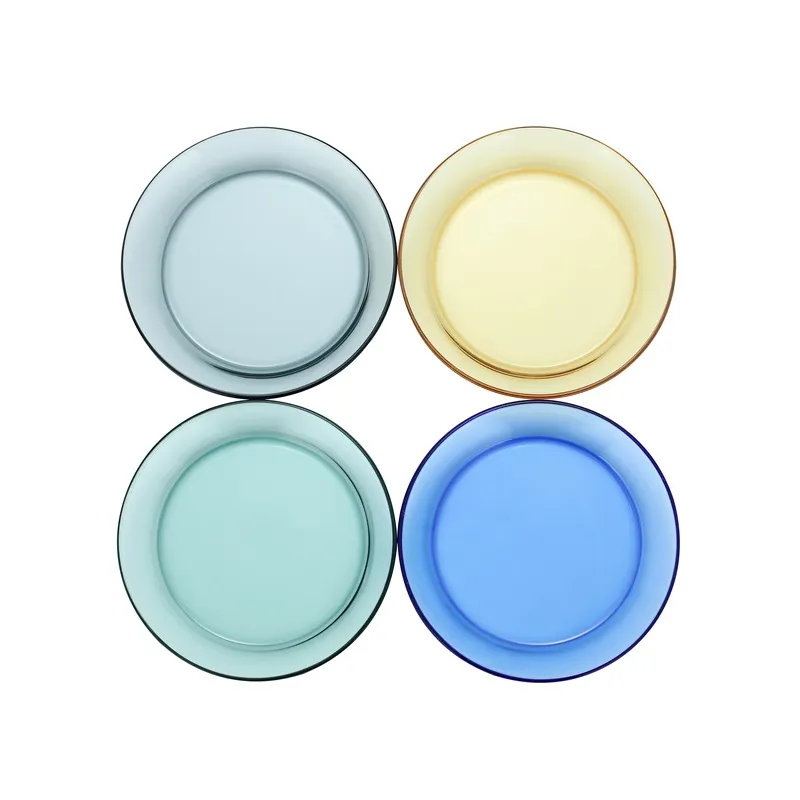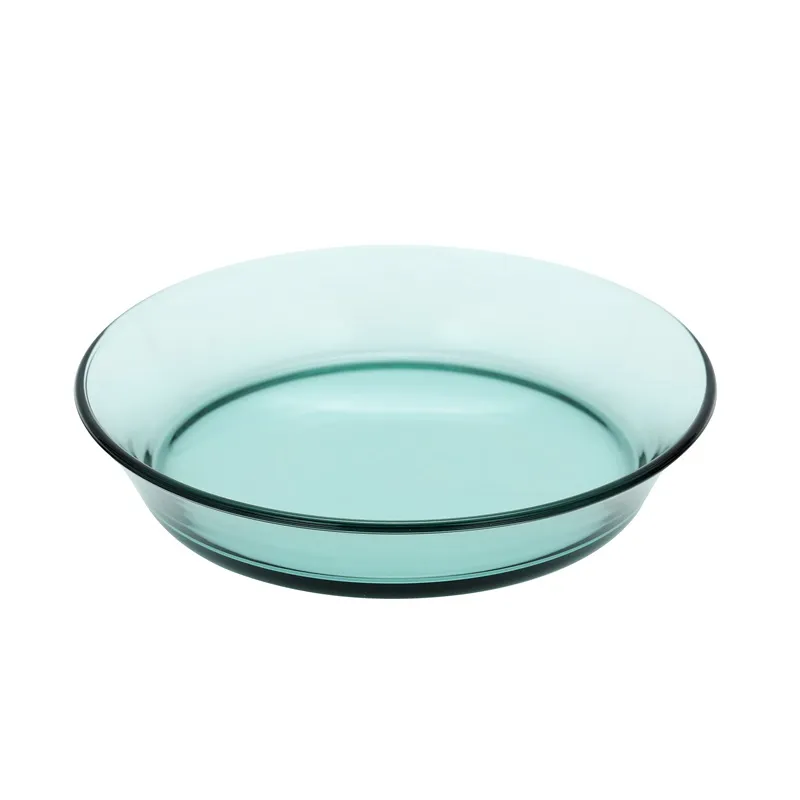...
2025-08-16 14:51
993
...
2025-08-16 14:48
2383
...
2025-08-16 14:43
2610
...
2025-08-16 14:37
2986
...
2025-08-16 14:32
2789
...
2025-08-16 14:30
2528
...
2025-08-16 14:27
1715
...
2025-08-16 14:07
225
...
2025-08-16 13:53
1949
...
2025-08-16 13:52
1323







